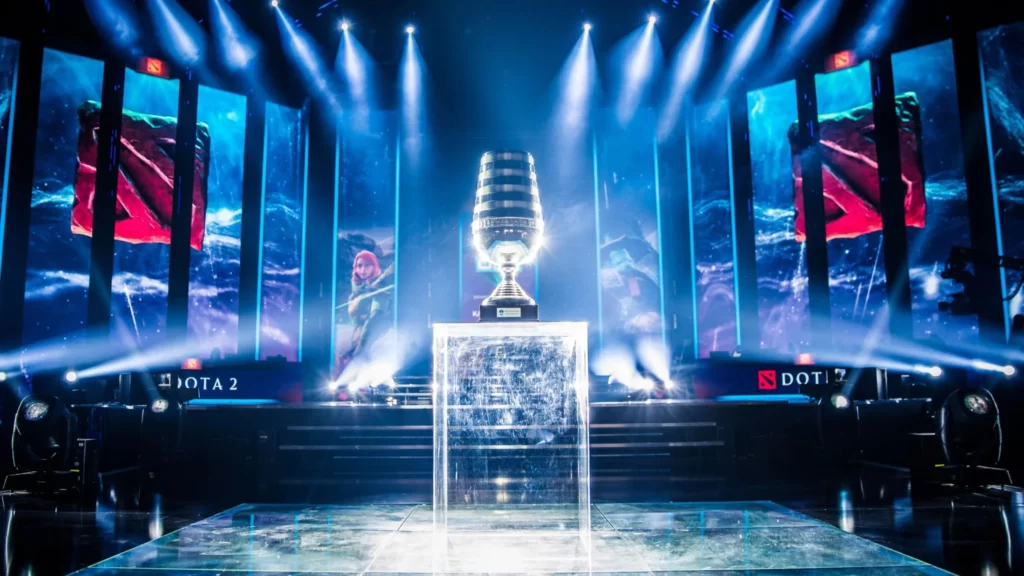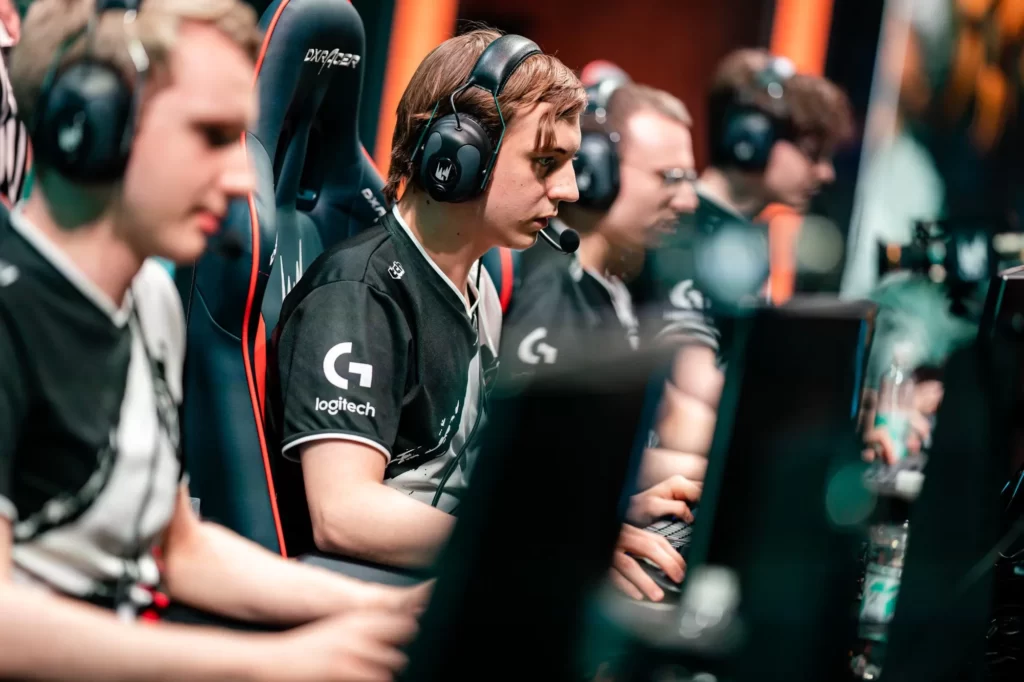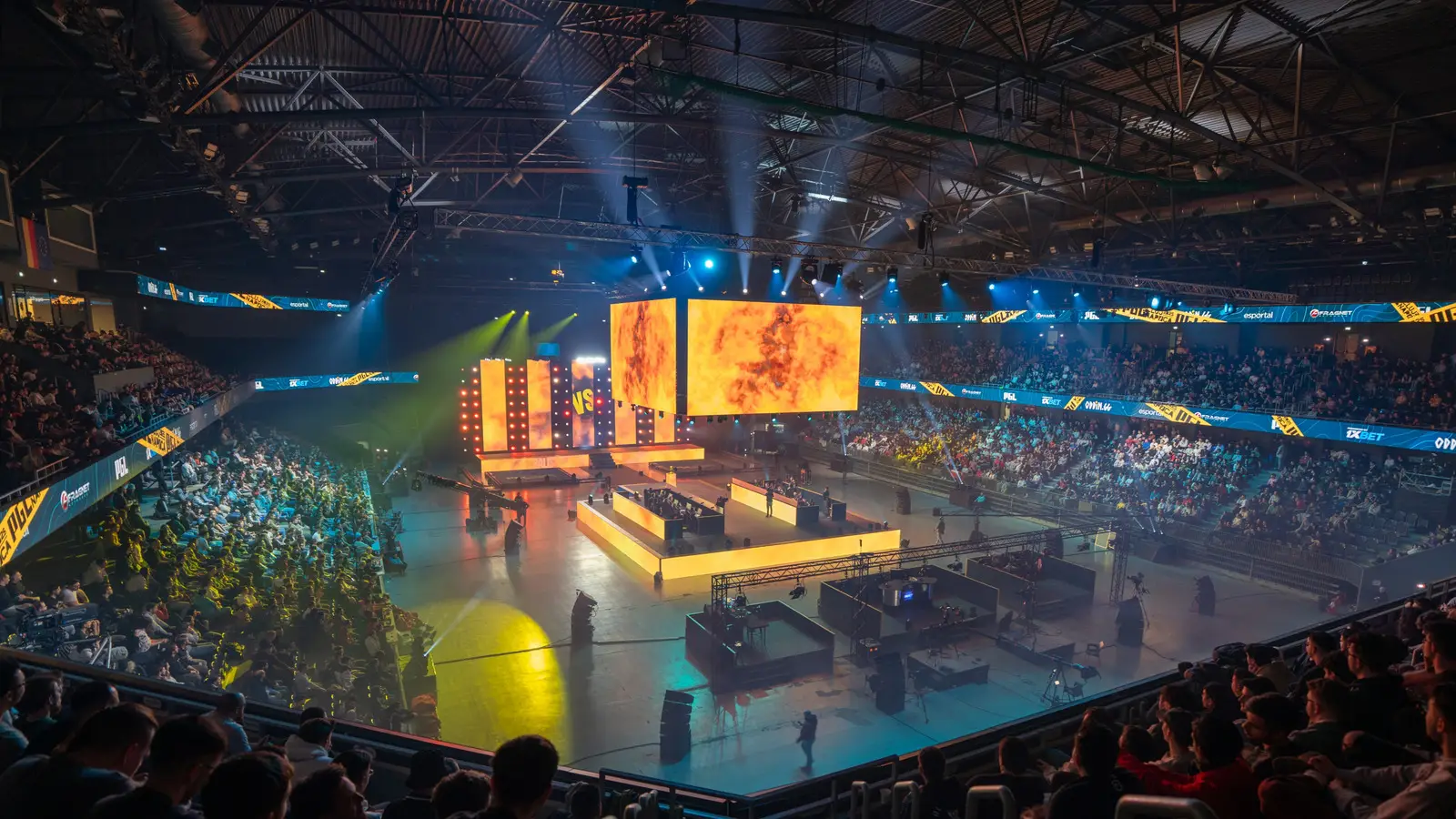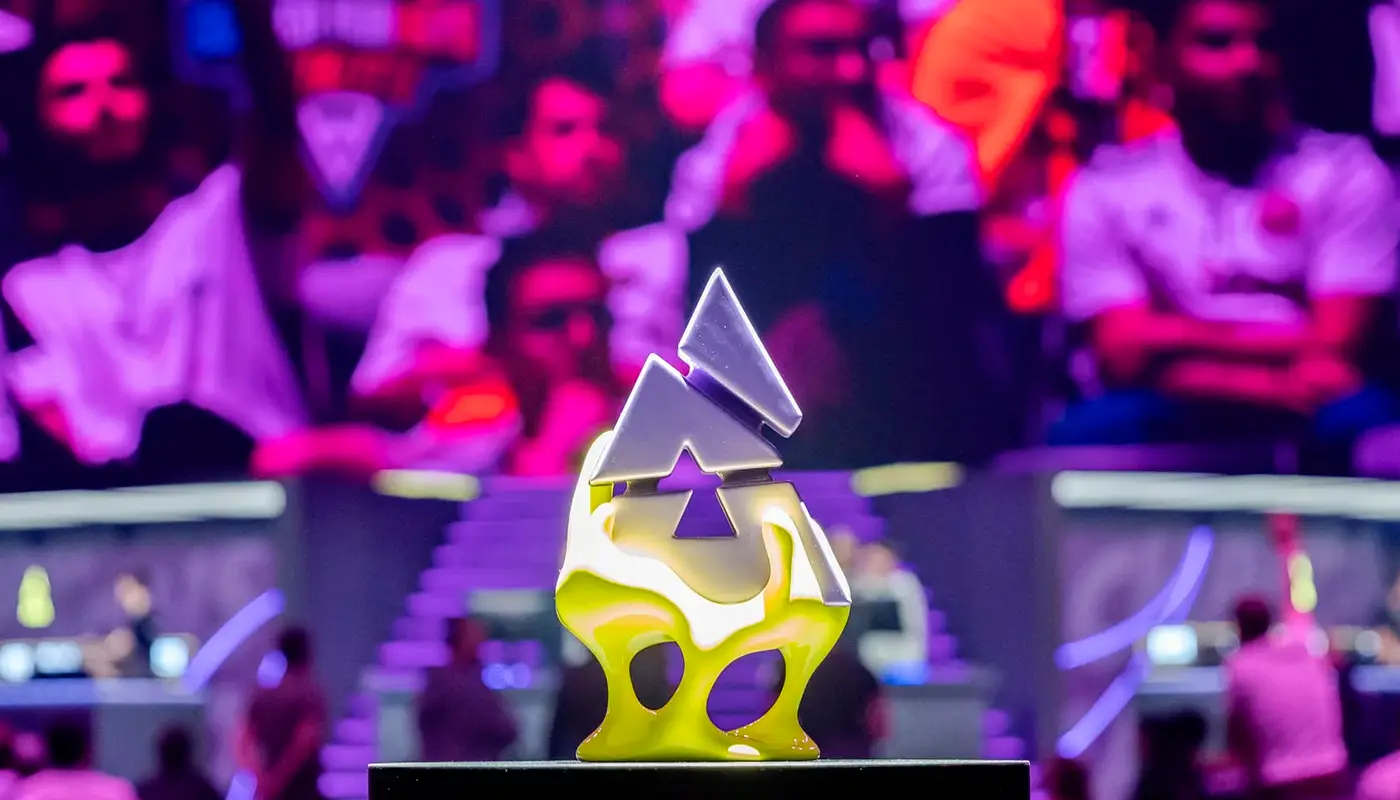Ranking systems in eSports form the basic structure that keeps the industry afloat, providing balance and transparency. The mechanisms create an environment where amateurs and professionals compete on an equal footing, motivating growth and development. The main task is not just to record the level of players, but also to provide benchmarks for tournament selections and award distribution. Why do we need a ranking in eSports? Firstly, it serves as a benchmark for players, helping to determine the level of skill and highlight the strongest. Secondly, rankings encourage fair matches and increase the interest of spectators. In the professional arena, they are a tool for assessing the readiness of teams for world tournaments.
How do rating systems work in cybersport?
Algorithms take into account complex parameters. Most schemes are based on analysing wins, losses, as well as the level of opponents. Dota 2 uses MMR, which adjusts the difficulty of matches based on the current results of players. In CS:GO and League of Legends the rating is based on ELO, where not only the frequency of victories is important, but also the importance of the opponent. How is the rating calculated in cyber sports? For example, the ELO system captures rating changes using the formula: E=Ra+K×(S-E)E = R_a + K times (S – E)E=Ra+K×(S-E), where RaR_aRa is the current rating, SSS is the match result, and EEE is the expected outcome. This approach is used in many disciplines, including FPS and MOBA.

Ranking varieties: local scale and global arena
A regional ranking system rates participants within localised eSports tournaments. The approach helps to track the development of teams and players in a particular region, highlighting the strongest players for international competition. The world ranking combines the results of regional championships and major tournaments such as ESL Pro League or Worlds. This data forms the final picture of leadership in the industry. The mechanism takes into account not only wins, but also their context, such as the importance of the event or the level of opponents.
ELO, MMR and other systems: how rankings are calculated in eSports
 The ELO system was developed as a method of objectively calculating the strength of players in chess. Later it became a universal tool for rating analyses in various disciplines, including cybersports. The main principle is to compare the positioning of the participants and calculate the probability of the outcome of the match. Victory over a stronger opponent brings more points than over a weaker one. In case of defeat against the second – more points are lost. The algorithm calculates the rating through the formula: R′=R+K×(S-E)R′ = R + K times (S – E)R′=R+K×(S-E), where:
The ELO system was developed as a method of objectively calculating the strength of players in chess. Later it became a universal tool for rating analyses in various disciplines, including cybersports. The main principle is to compare the positioning of the participants and calculate the probability of the outcome of the match. Victory over a stronger opponent brings more points than over a weaker one. In case of defeat against the second – more points are lost. The algorithm calculates the rating through the formula: R′=R+K×(S-E)R′ = R + K times (S – E)R′=R+K×(S-E), where:
- R is the current rating;
- S is the match result (1 – win, 0.5 – draw, 0 – loss);
- E is the expected result;
- K is the coefficient affecting the rate of rating change.
In cybersports, the ELO rating system is used in CS:GO and other competitive games where it is important to quickly calculate positions after each session. The versatility of the method allows it to be used in genres from shooters to strategies. The peculiarity is the simplicity of implementation. The disadvantage is the complexity of accounting for team efforts, so the results may not always reflect the personal contribution of each participant.
MMR: Deep Balance Adjustment
MMR, or Matchmaking Rating, is suitable for more flexible assessment of individual and team skills. Unlike ELO, this method focuses not only on the result of a match, but also on statistics within the game. In Dota 2, the scheme is divided into two areas:
- Ranked MMR captures the overall level of a player in a competitive environment.
- Unranked MMR is applied in less formal sessions, influencing the selection of opponents.
The algorithm analyses dozens of parameters, such as hit accuracy, number of kills, help to allies and other metrics. This allows the individual contribution of each participant to be taken into account, even in the event of a loss. In League of Legends, MMR also forms a level playing field for matches. Developers incorporate up to 200 factors into matchmaking schemes, including play style, favourite champions, average session length and current season activity. MMR shows high accuracy in balancing, especially in team-based disciplines such as MOBAs. The disadvantages manifest themselves in the high level of waiting for matches, especially during peak hours when the engine experiences a shortage of players with close skill levels.
What ranking systems are used in eSports?
Depending on the genre of the game, algorithms are adapted to the needs of gameplay:
- FPS games such as CS:GO are more likely to use ELO due to its simplicity and high calculation speed.
- MOBA games such as Dota 2 or League of Legends favour MMR, which better reflects the contribution of each participant to a team victory.
- Strategy or simulation games may use hybrid models that combine elements of ELO and MMR.
Player Matching Systems: Perfect Balance or Utopia?
Player matching systems are formed to ensure fair competition. These algorithms analyse a variety of factors including skill level, experience, playing style and current form. Case studies: In League of Legends, opponent selection takes into account previous matches, MMR rating, frequency of wins and losses, and behavioural parameters (e.g. penalties for infractions). In Dota 2 and other MOBA projects, mechanisms also pay attention to meta – current trends in the use of heroes or tactics. Schemes often encounter complaints about imbalance. The main problems:

- Limited number of players during certain hours of the day. For example, in CS:GO, this leads to novices and professionals being combined in the same match.
- Uneven distribution of skills in team games. For example, one experienced participant in Dota 2 can compensate for a weak session of the whole team, which reduces the accuracy of the result.
- Dependence on servers and ping. A high level of latency negatively affects the outcome of matches, even if the balance is maintained.
Why follow the rankings?
 Ranking systems in eSports provide objectivity and encourage the development of players and teams. Participants see their strengths and weaknesses, teams get a tool to analyse their performances, and organisers get a method to select applicants. Honesty and transparent positioning builds audience trust and increases the popularity of cybersport as a full-fledged industry.
Ranking systems in eSports provide objectivity and encourage the development of players and teams. Participants see their strengths and weaknesses, teams get a tool to analyse their performances, and organisers get a method to select applicants. Honesty and transparent positioning builds audience trust and increases the popularity of cybersport as a full-fledged industry.
 en
en  ru
ru  de
de  ar
ar  es
es  nl
nl  hi
hi  fr
fr  it
it  pt
pt  el
el 










